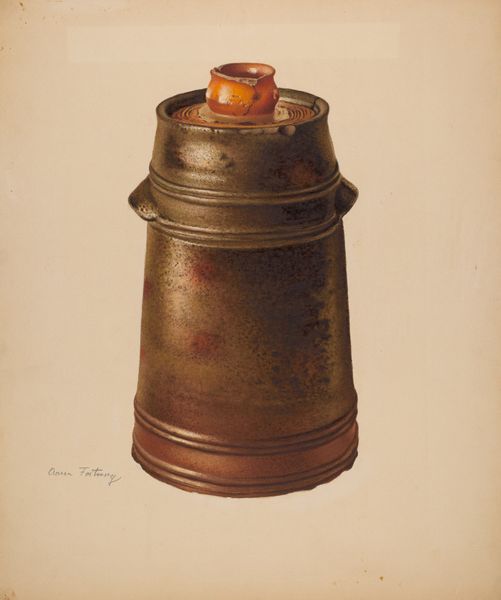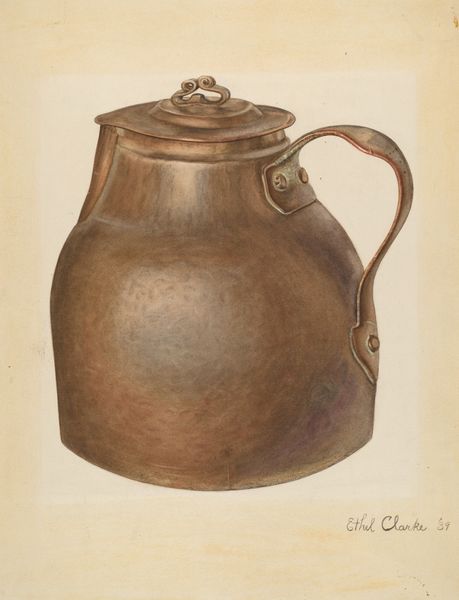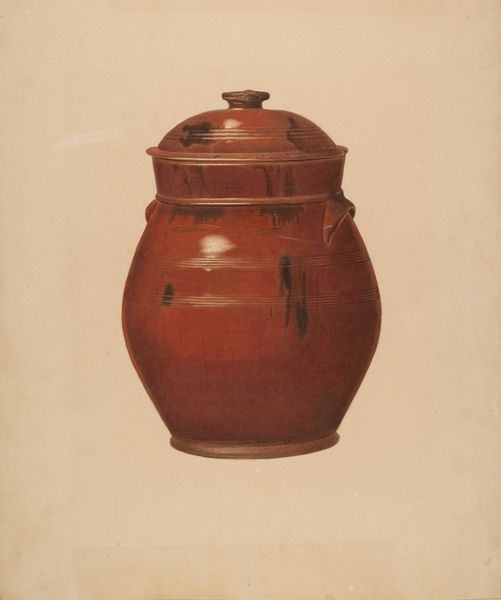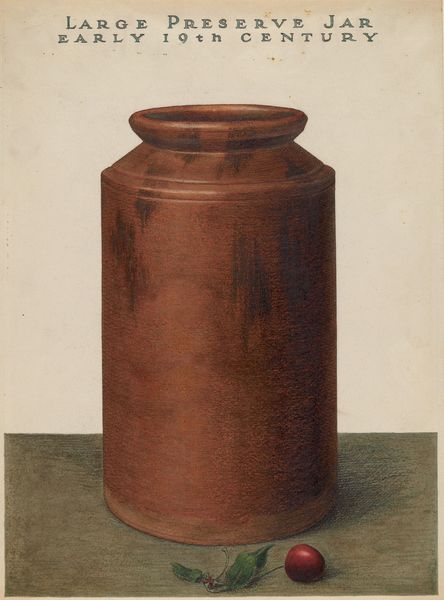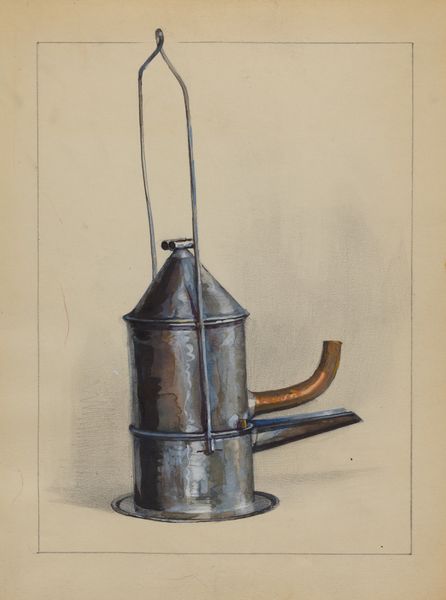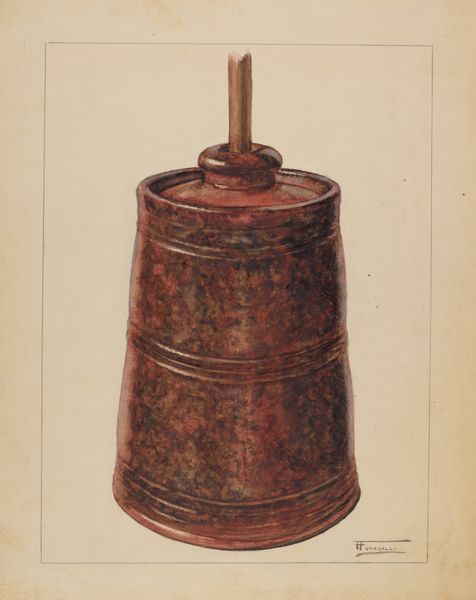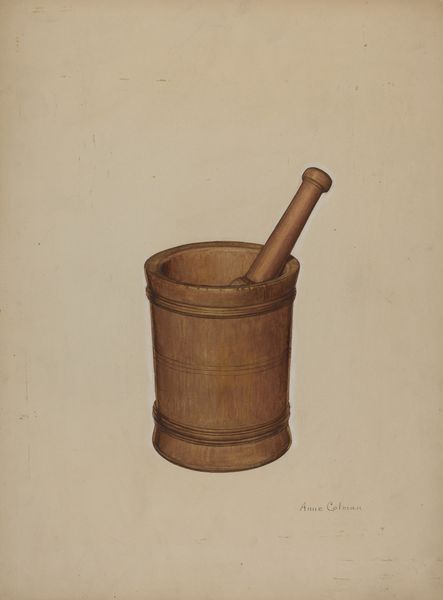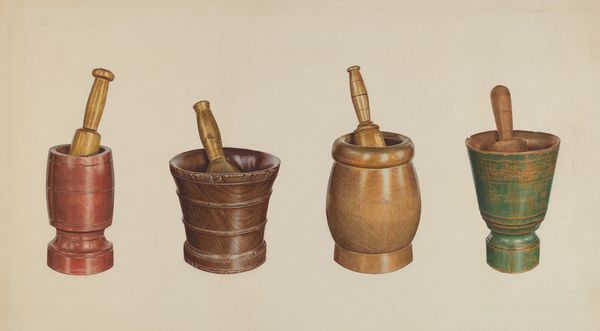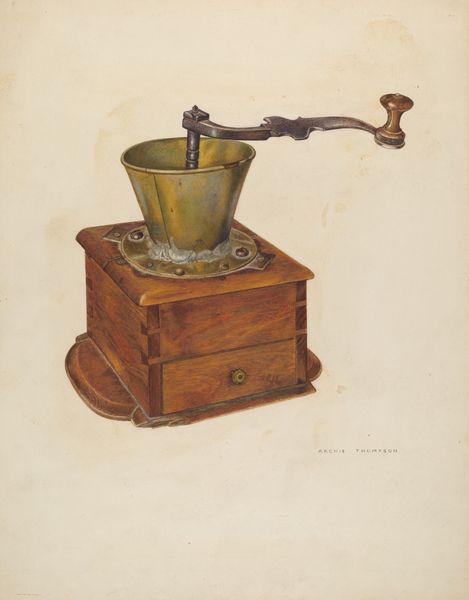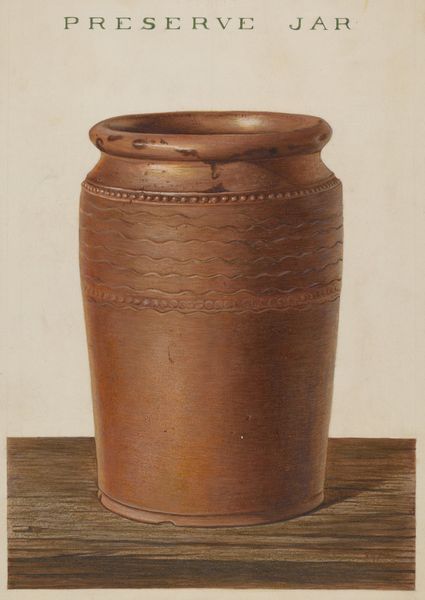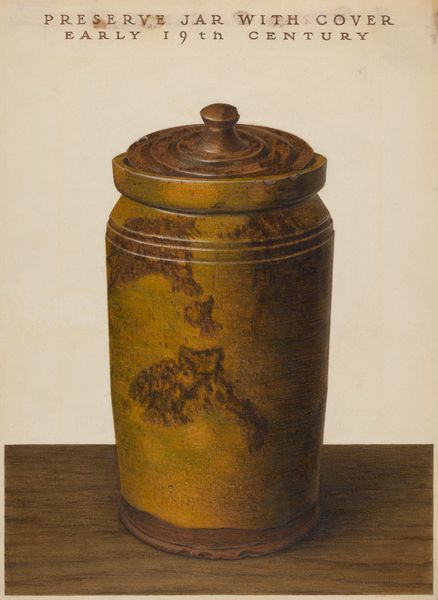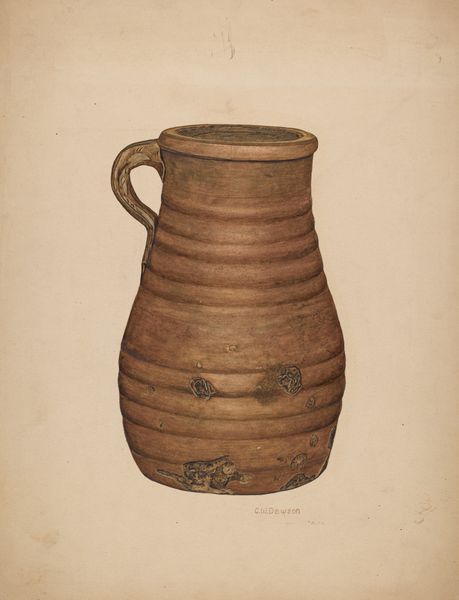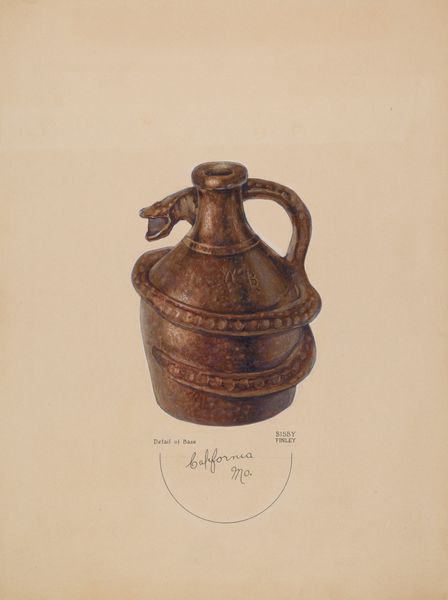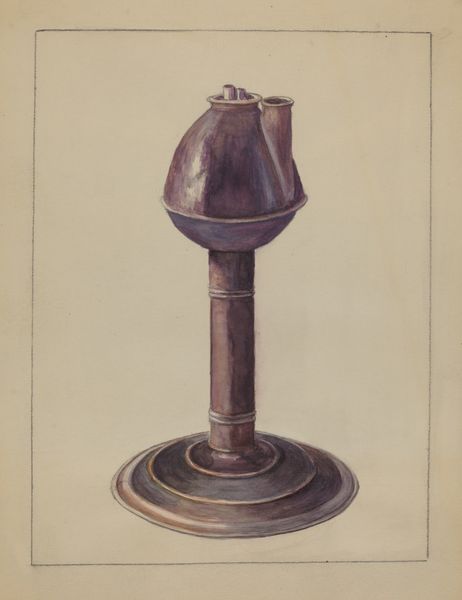
oil-paint
#
baroque
#
oil-paint
#
oil painting
#
genre-painting
Copyright: Public domain
Curator: I'm immediately drawn to the almost mundane simplicity here, yet there's something powerful in the ordinary. Editor: And yet that simplicity speaks volumes about access to resources in 18th-century France. This is Jean-Baptiste-Siméon Chardin's "The Water Tank," painted in 1734, now residing in the Louvre. Think about the labor involved in acquiring water, usually done by women, before in-house tanks became common. Curator: Absolutely. The copper urn itself suggests a level of material comfort – who has access to a copper vessel versus something more common? But look closely at the objects—the varying patinas of metal, the way light plays on these everyday materials transformed by craftsmanship. Editor: Exactly. Consider that copper vessels signaled bourgeois or even aristocratic households; they were visual indicators of status. Beyond that, notice the objects carefully staged—the clay pot and ladle hinting at the ritualized labor practices of domestic workers. Curator: Let’s think about production as well: the copper needed to be mined, smelted, formed by artisans, and then transported. Each of those stages represents labour, resources, and skills carefully rendered in oil paint. Editor: Chardin had a profound grasp of contemporary Dutch painting that depicted everyday lives, which had previously centered on nobility. Who is represented by what isn’t there as well: think about labor forces often rendered invisible. Curator: Precisely, and that brings a renewed focus to what and how something is shown and made – its function in social exchange. Chardin elevates utilitarian objects into subjects worthy of artistic consideration. The artistry lies in elevating functional items to beauty, through his focus and care of detail. Editor: I completely agree. Through the act of carefully observing and painting these objects, Chardin opens a window to 18th-century social strata and labor, inviting us to consider who benefits from material access and the historical narratives of class privilege. Curator: Well, this makes you contemplate the world through a painting that's very simply "there". Editor: Absolutely, now with a critical awareness, thinking about art as inextricably bound to our understanding of societal and gendered power structures.
Comments
No comments
Be the first to comment and join the conversation on the ultimate creative platform.
